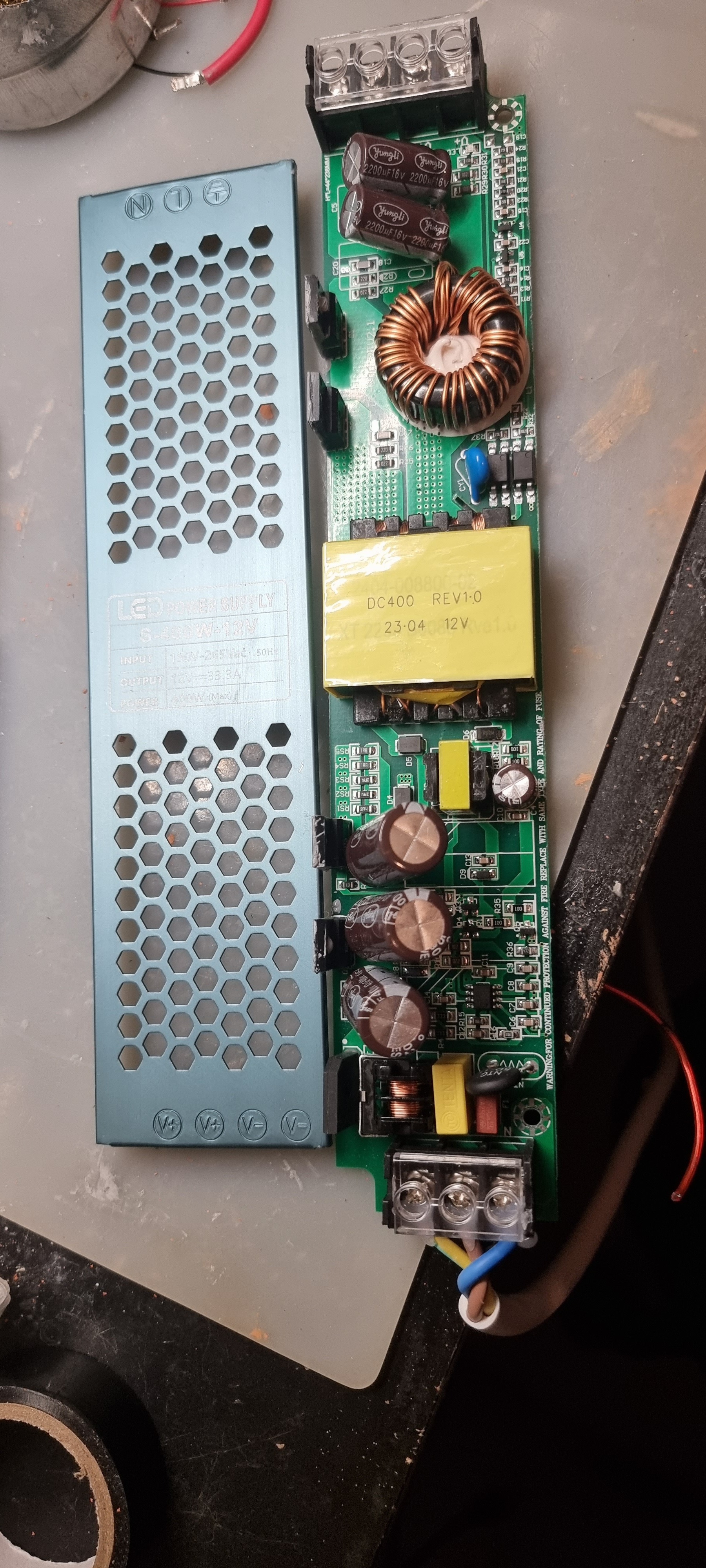Hi all
I'm working on a DIY 18650 lithium ion home battery, built out of old laptop/ebike cells that have been tested for performance (capacity, internal resistance and temperature during cycle) and found to be good enough for use.
There are several safety precautions in my setup.
Each cell has a 1A current fuse and a 60C thermal fuse attached to it(in series). Should a cell overheat or develop an internal short, the cell gets deactivated easily without fancy electronics. (protip, don't hotglue thermal fuses!)
The BMS is a DALY BMS rated for 60A, although I'll probably never use it above 30.
Additionally, an Arduino monitors the individual cell voltages as well as overall temperature (secondary BMS that can communicate over serial to a proper webserver.). This Arduino also watches a smoke detector and controls a solenoid killswitch should anything fishy happen, like overvoltage/temperature or the smoke sensor triggering.
This may or may not be a bit overengineered but I want to leave this system running pretty much autonomously with several layers of safety. A Chinese BMS on its own is not good enough and a professional one is outside my budget. Also the learning process is worth the effort.
Should, god forbid, a cell actually catch fire despite all safety measures I want to have the battery in a fire safe container as well. An iron cabinet like the IKEA Lixhult won't melt in case of battery fire but it will vent hot fumes that could set surrounding objects on fire.
What would be a good way to engineer that? A metal cabinet with a metal chimney attached to it? So that the hot fumes get directed away from flammable objects? Perhaps something built out of stone where sand bags may be placed above the battery. Fire would cause the sand to drop on the batteries and smother it.
There isn't any way to crosspost on Lemmy right?

Haha I work in a laboratory so I do both regularly.